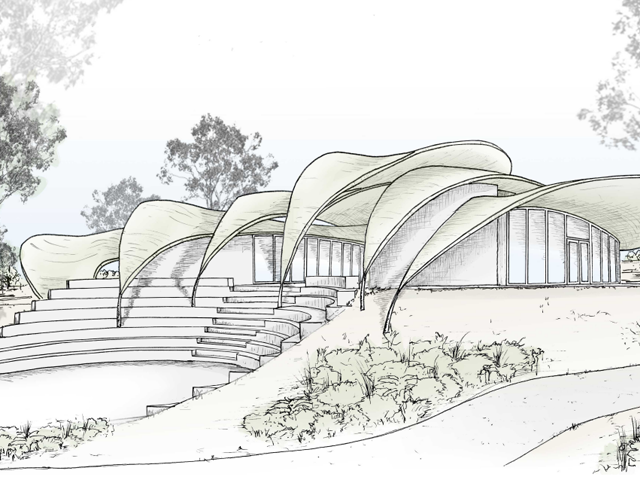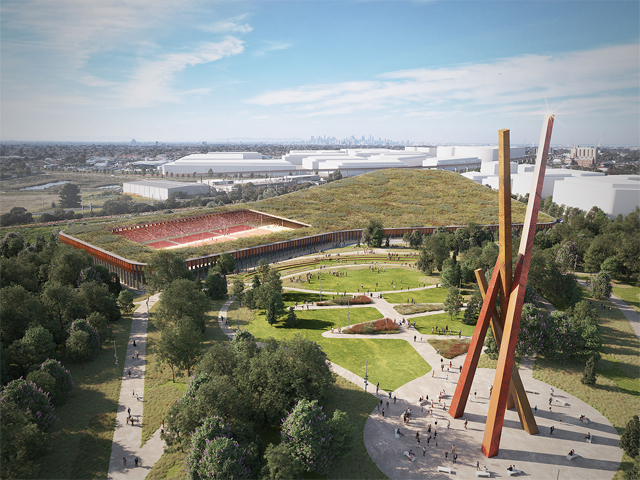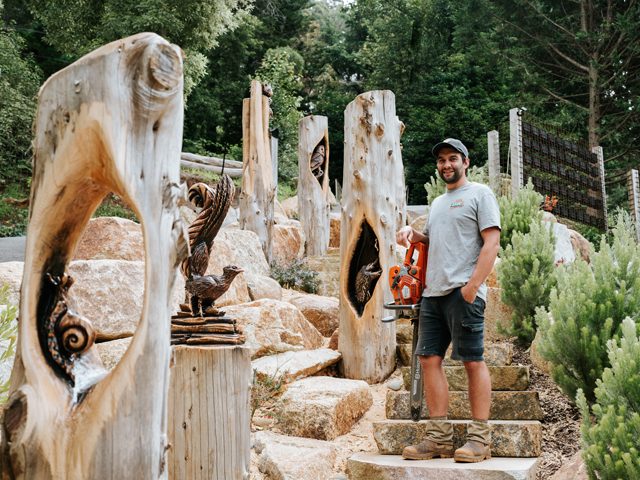NEW UNI DESIGN IS A HIVE OF ACTIVITY
31 Jul 2013
This exciting new design challenges the rationale of conventional learning institutions and explores new ways of teaching, learning and interacting.

UK design studio Heatherwick has won a competition to design a learning hub for the Nanyang Technology University in Singapore. Their exciting new design challenges the rationale of conventional learning institutions and explores new ways of teaching, learning and interacting.




Since the advent of the internet and low cost computers there has been a distinct shift in how students approach educational facilities. University buildings have ceased to be the only site where students are able to source educational texts, and have become unappealing spaces with endless corridors, no natural lighting and only hints of other people’s presence.
“Before, the university was the place you would come to because it had the computers, or the university was the place that you would come to because it had the books," said Heatherwick, explaining the concept of the building in a keynote speech at World Architecture Festival in Singapore last year. "And now, you can just stay in your bedroom with your iPhone and get your PhD - so what is the purpose of a university building anymore?"
In response to the current climate, the university wanted to dissolve the traditional relationship between the tutor and the student and to encourage a new kind of collaborative studying. "They no longer want the model of a master at the front of the class," said Heatherwick in his lecture, "that is something that they want to move away from completely."
The studio’s approach was to redefine the aspiration of a university building, and to once again make it an essential part of the tertiary education experience. Within this new context the purpose of a university is to foster togetherness and sociability, so that students can meet their fellow entrepreneurs, scientists or colleagues in a space that encourages collaboration.
Resembling a cluster of elongated bee hives, the building consists of several 8-storey towers containing stacks of tutorial rooms, but avoids using traditional circulation and room layouts. The rooms are corner-less which works to dissolve the standard classroom hierarchy where the tutor is at the front and the students all face towards him or her. In this model, students work together around shared tables, with the teacher functioning as a facilitator and partner in the voyage of learning, rather than executing a top-down model of pedagogy. Each of these tutorial rooms faces the large shared central space, allowing students to continually feel connected to all the other activities going on in the building.
Instead of corridors, each level features open galleries where students can circulate and meet and instead of a conventional entrance. The building is porous at ground level, meaning people can approach and enter from any direction. "You can just walk into one big shared space that links the whole thing together," said Heatherwick.
In 2013 the learning hub was awarded the BCA Green Mark Platinum Award for sustainability by the Singaporean government. The award is a benchmarking scheme which incorporates internationally recognised best practices in environmental design and performance.

MORE NEWS

JARRAHDALE TRAIL CENTRE TAKES DESIGN CUES FROM NATIVE FLORA

MELBOURNE'S NEW PARK ON A FORMER LANDFILL SITE

WOOD CARVING WITH BRANDON KROON

STRIKING GOLD IN BALLARAT

MASTERPLAN FOR INCLUSIVE, CLIMATE-RESILIENT COMMUNITY PARK IN LISMORE

